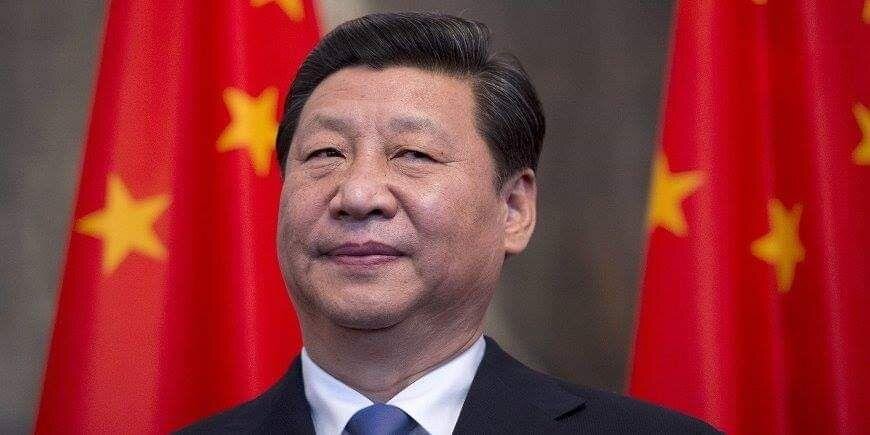Written By Guest User, Posted on April 11, 2020

Tim McMillan’s report for JWN Energy substantiates the need for more Canadian energy. It confronts uncertainty over the quality of our energy and repudiates skeptical environmentalists and ‘Indigenous’ groups.
“Our energy industry also holds world-class standards – among the best anywhere when it comes to innovation, environmental protection and responsible resource development,” he writes.
China, the highest emitter of carbon, produced 28 per cent of global emissions in 2019, a 2.6 per cent uptick from 2018. America, second at 14.5 per cent, saw a respectable decline in emissions at 1.7 per cent.
In Spain, last year’s COP25 event witnessed several nations express the challenges they faced to ensure economic stability and appease their populations with the promise of reduced greenhouse gas (GHG) emissions.
China’s commitment to the 2030 Paris Agreement, however, proved “highly insufficient,”
This remains a cause for concern with China adding a new coal plant to the grid every two weeks, according to the Institute for Energy Economics and Financial Analysis. 64 per cent of newly commissioned plants in 2019 were from China, which marked a 35 per cent decline from 2015.
At the UN climate summit, China spoke on “coal to clean energy,” likely due to its reducing coal use at home. “However, China is still the largest public financier of overseas coal power and is considering building hundreds more coal plants domestically.” https://t.co/QwJZo8qAwb pic.twitter.com/zTfaZtwtac
— Kenneth Roth (@KenRoth) October 7, 2019
However, their coal-fired power generation increased by 42.9 GW from January 2018 to June 2019, while the rest of the globe saw an overall reduction of 8.1 GW.
In a report by Global Energy Monitor, its total coal power capacity was at 1,027 GW by July 2019. Industry experts have pressured the government to increase its capacity to between 1,200 and 1,400 GW, demonstrating they are “either unable or unwilling to slow the development of new coal plants.”
But, where does Canada fit into this? According to McMillan, each Canadian LNG plant effectively reduces carbon output to the tune of 100 MT each year. It would produce 65 per cent fewer greenhouse gases than coal when used in Asia to generate electricity.
Today, Canada produces a mere 1.6 per cent of global emissions, and it’s industry is committed to reducing that further.
China, despite its commitment to reducing its emissions, built hundreds of new coal-fired power plants in 2019. Its coal capacity will continue to grow over the next couple of decades, amounting to 39 per cent of global consumption by 2040.
Australia is selling our coal overseas so those countries can produce cheap electricity.
The Paris Climate Agreement allows for China and India (and others) to massively increase coal generation while our economy is hamstrung with UN regulations designed to harm our economy. pic.twitter.com/smMbuozjsP
— Malcolm Roberts 🇦🇺 (@MRobertsQLD) June 7, 2018
During the same span, demand for LNG will increase by 36 per cent, which China witnessed from 2017 to 2018 with a 33 per cent increase in consumption itself.
To meet its commitment, the Panel on Climate Change (IPCC) outlines that China reduces its coal capacity from 1,027 GW to 600 GW by 2030. However, China will still need 1,250 GW to 1,400 GW of coal-fired power to facilitate a stable supply of electricity within the country long term.
With projects like Eagle Spirit adding two LNG pipelines and tens of thousands of permanent and construction jobs to the local economy, its connection to Kitimat LNG provides port-side access to global markets, particularly those in Asia. However, its future faces grave economic uncertainty because of Bill C-48, low commodity prices, and political instability in the region.
Nevertheless, the appetite for Canadian energy is evident yet not realized fully outside Canada, which is to the detriment of climate action initiatives and responsible resource development.
Very well presented. Every quote was awesome and thanks for sharing the content. Keep sharing and keep motivating others.